This is a collection of goods related to lightning.
Here are some of the items on display at the Lightning Museum in the Lightning Technology Center.
When lightning strikes a sandy soil, the grains of sand are melted and solidified in an instant by high heat, which is called a lightning fossil (lightning tube stone). It is said that they are often cylindrical in shape. This lightning tube stone was found in the Sahara Desert in Morocco.
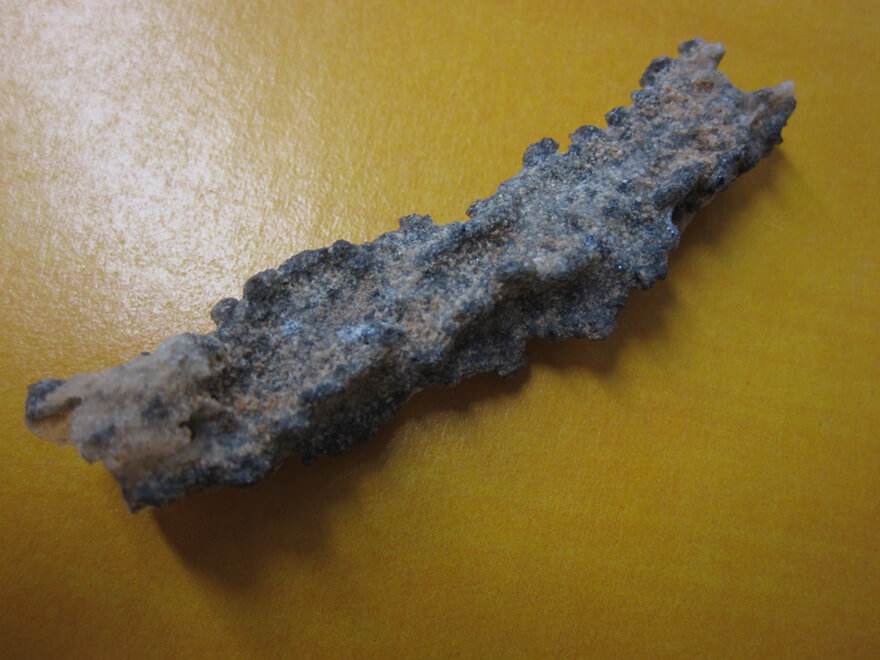
The inside of a light bulb is filled with a gas (mainly argon) that easily conducts an electric current. When you touch your hand, the light comes from the discharge, because a weak electric current flows on the surface of the body and grounds it.
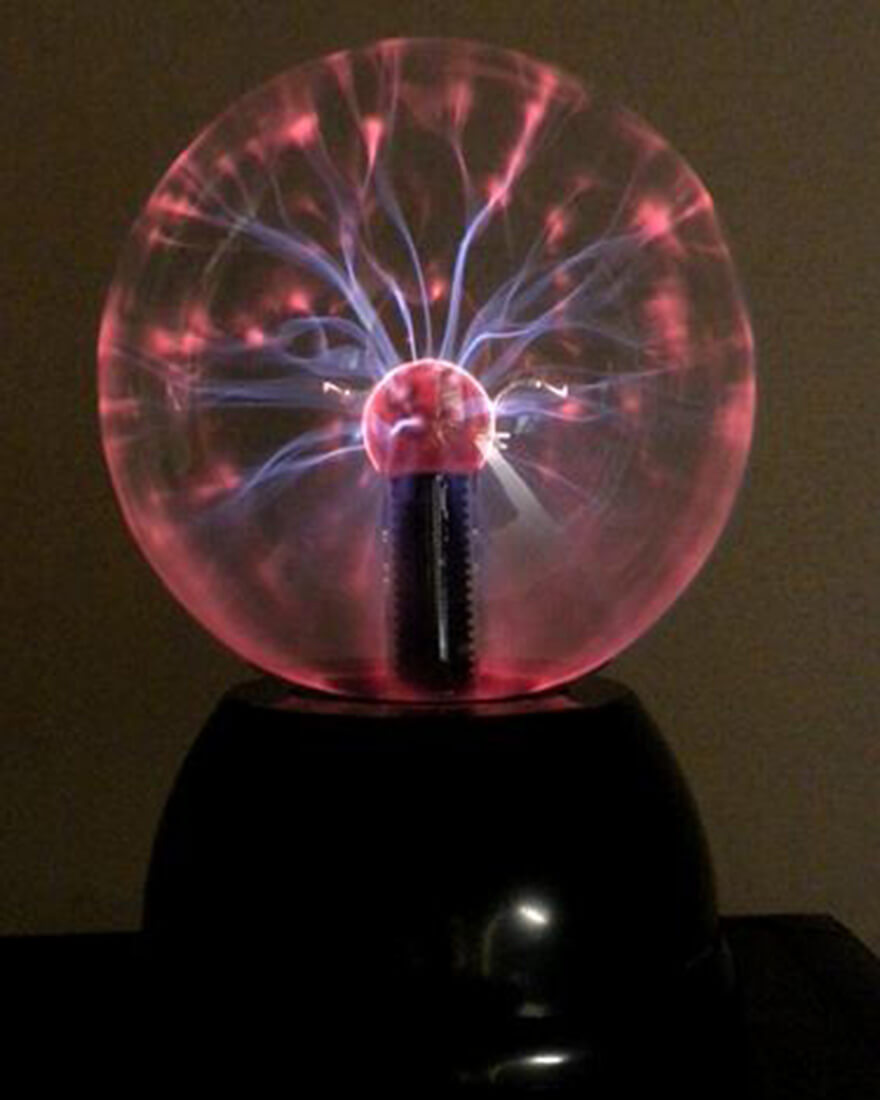
This is a book on electricity that describes the concept of the world’s first lightning rod. At the time, there were no motors, generators, or vacuum tubes, and it is said that there are only a few books in existence. In 1752, Benjamin Franklin discovered that lightning is electricity, and the concept of lightning rods began to spread throughout the world.
(Published by British Publication, 1779)
※The following is a Japanese translation of the text.
An excellent consideration of the advantages of placing lightning rods high up or with sharp tips, and the principles of electricity, including new theories and methods. This paper is about return lightning, which can strike at a distance and still have an effect.
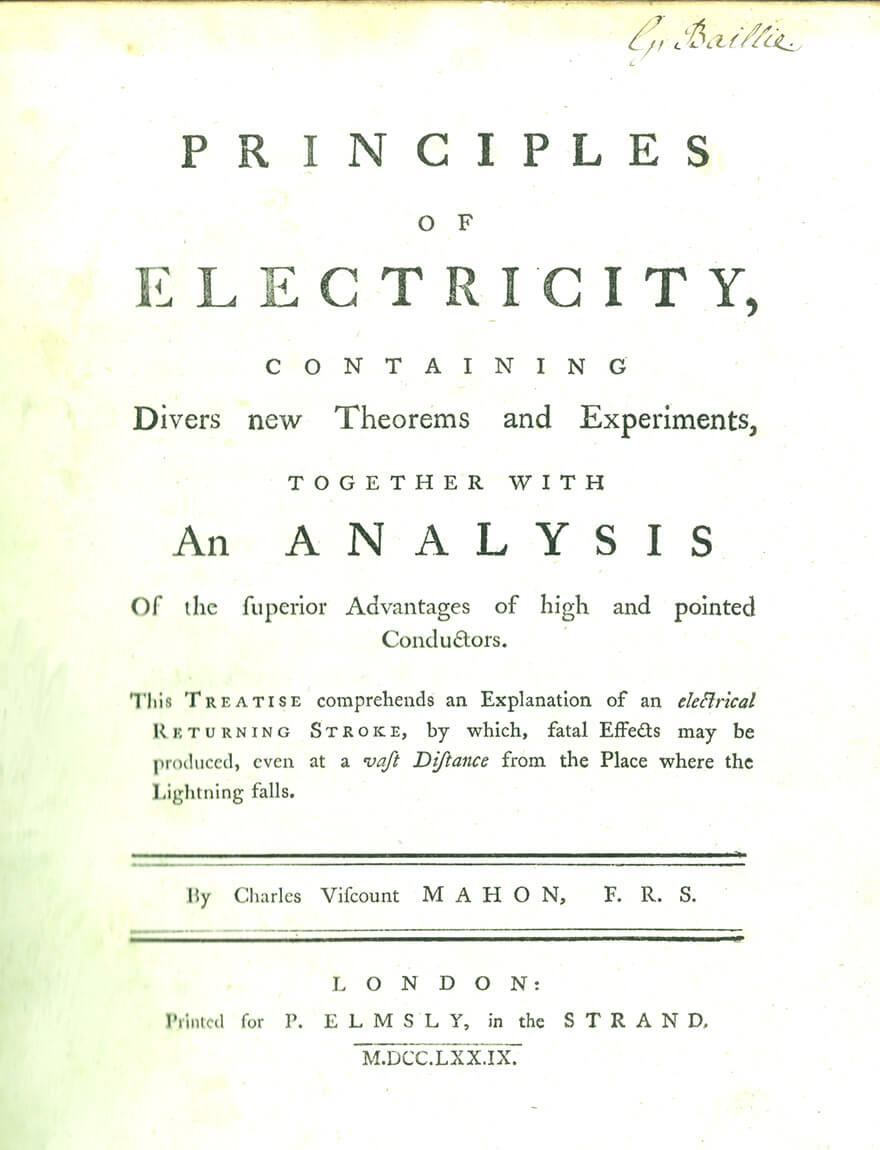
This is an easy-to-understand explanation of lightning from an academic perspective based on the winning entries of our annual “Lightning Photo Contest. It was published to commemorate the 65th anniversary of our company in 2011. The book contains a variety of photographs from Japan and abroad. It can be purchased at bookstores nationwide.
(Published by Ohm-sha)
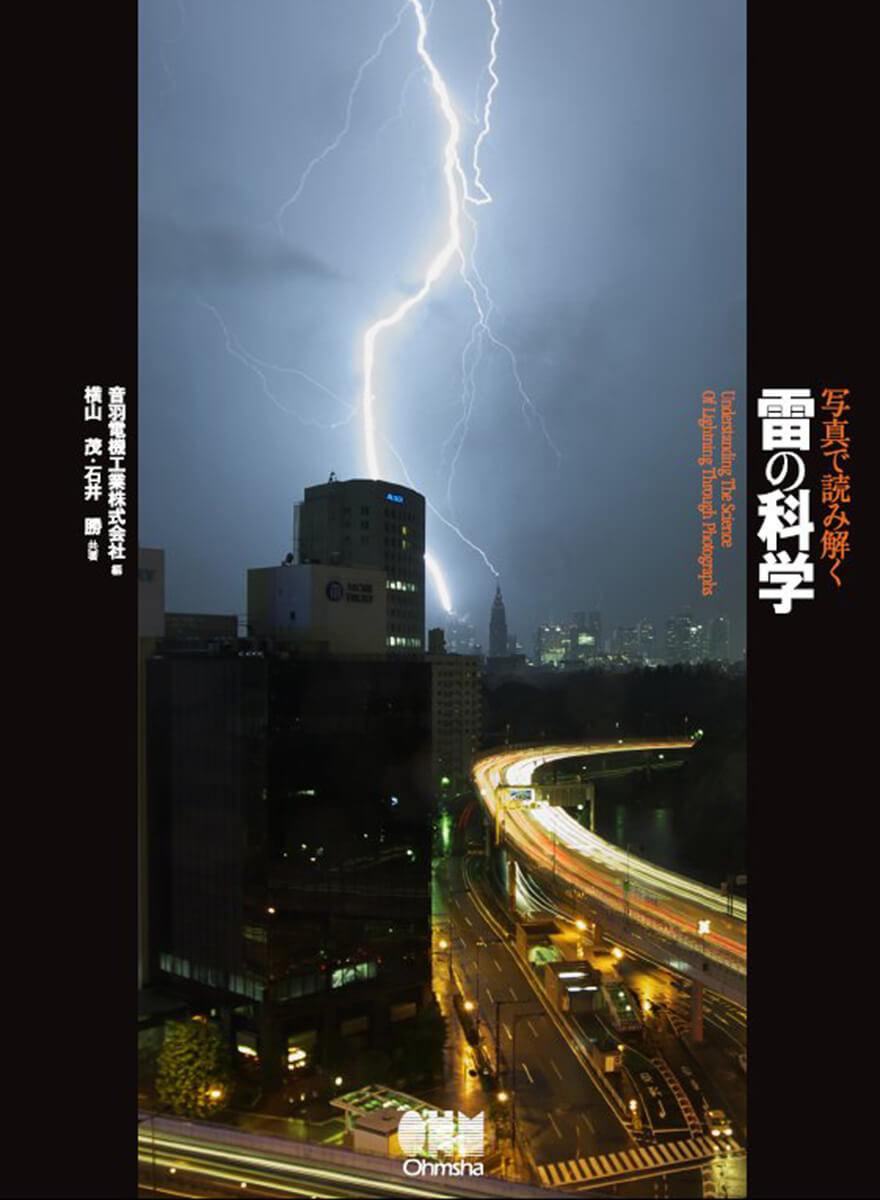
This is an easy-to-understand explanation of lightning. Our employees cooperated in the creation of this book. It is available at bookstores nationwide.
(Published by Nikkan Kogyo Shimbun)
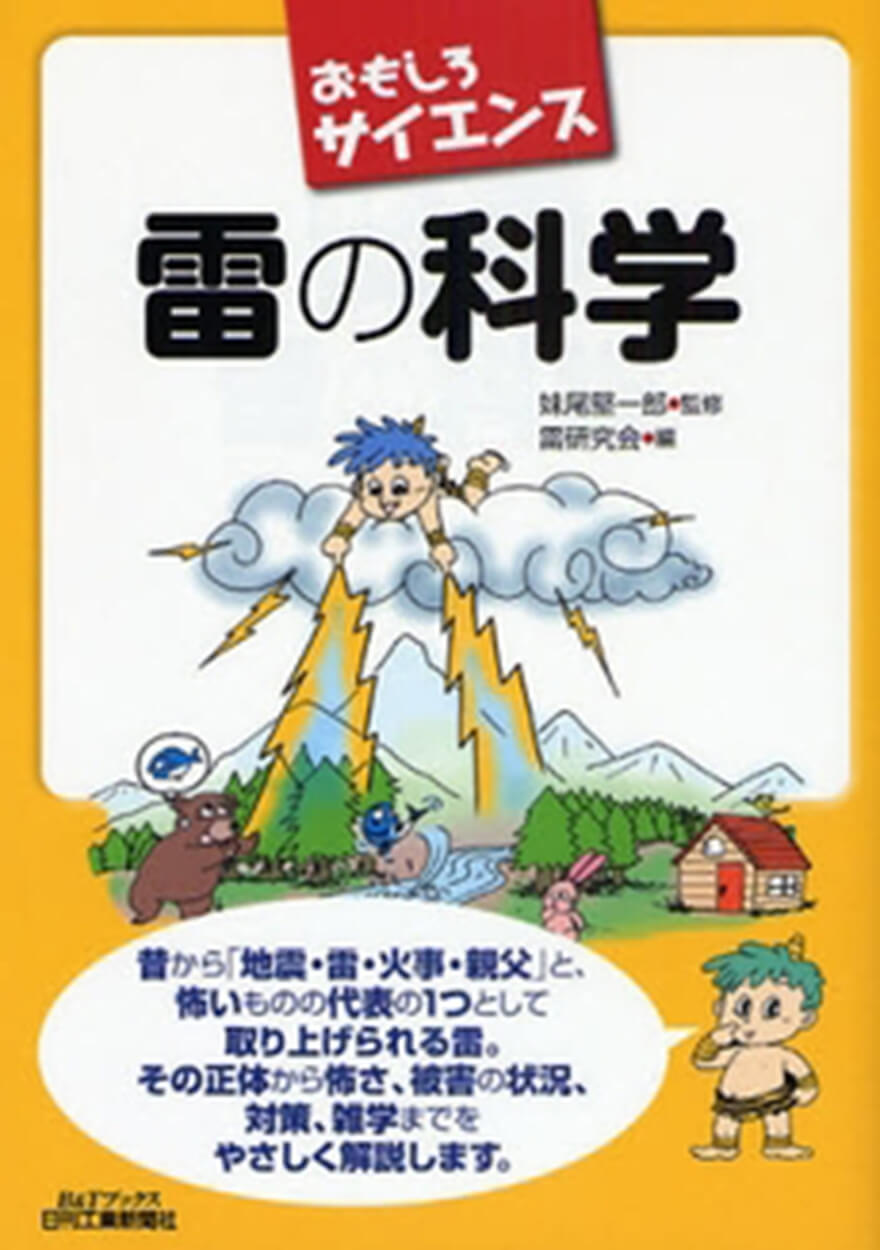
Kaminari okoshi has a tradition of over 200 years as a souvenir of a visit to Kannon. The name comes from the combination of the words “Kaminarimon” (Thunder Gate), “to wake up the house” and “to leave a name”, and is said to have originated in Asakusa, Tokyo, where it was sold as a lucky charm.

The word “éclair” means “thunder” or “lightning” in French.
It is pronounced “eclair” in French.

Kanzuri” is made by exposing locally grown chili peppers to snow, removing the bitterness, and letting them sit in malt for three years, mixed with habanero, said to be the hottest pepper in the world.
(Manufactured and sold by Kanzuri Co., Ltd.)

Gunma Prefecture is an area with a lot of thunderstorms, but it also has rich soil and produces delicious rice, which is why the rice called Goropikari is sold here.
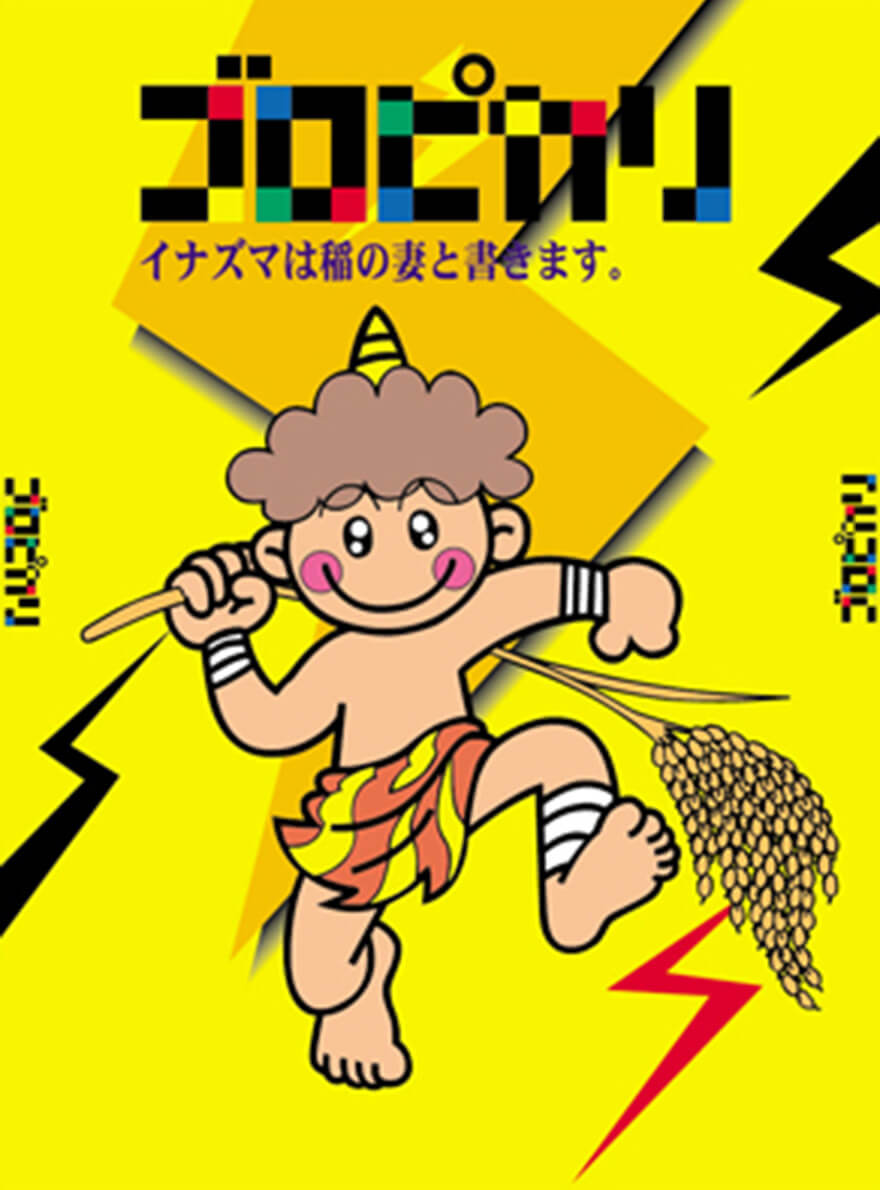
The perfect balance of black cocoa cookies and milk flavored chocolate. It is a cookie-chocolate bar with an inazuma level of deliciousness.
(Manufactured and sold by YURAKU SEIKA Co., Ltd.)
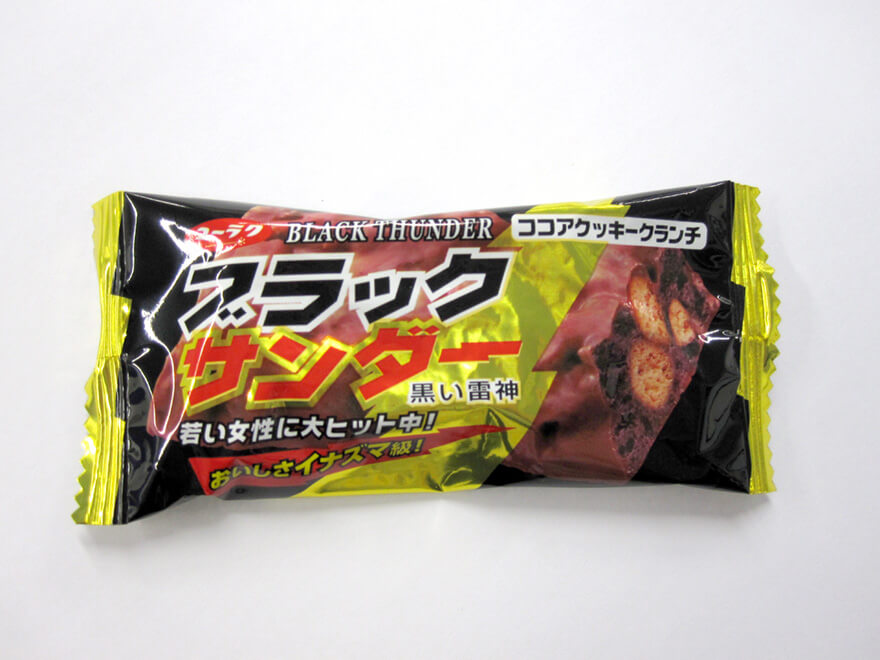
It is carefully brewed at a low temperature using 100% rice grown in Nagano Prefecture. It is a Junmai Ginjo with a mild ginjo aroma and a balance of acidity and sweetness.
(Manufactured and sold by: Toyoshimaya Co.)
![Kandori Junmai Ginjo [Suwa no Raijin]](https://www.otowadenki.com/cms/wp-content/themes/eng/img/museum/goods/goods_img11.jpg)
This is a local sake from Ishikawa Prefecture. The rice and water are carefully selected, and 100% Yamada Nishiki is used to make this sake with a different sharpness.
(Manufactured and sold by Kano Shuzo Co., Ltd.)
![Ginjo [Jokigen]](https://www.otowadenki.com/cms/wp-content/themes/eng/img/museum/goods/goods_img12.jpg)
This is a Japanese sake made by a company that has been in business for 400 years. It is brewed with carefully selected raw materials and limpid natural water 130 meters underground. The mash is then fermented at low temperature and stored in a jar for sufficient maturation to bring out its elegant taste and aroma.
(Manufactured by Iki no Kura Shuzo Co.)
![Barley shochu [Mukurai]](https://www.otowadenki.com/cms/wp-content/themes/eng/img/museum/goods/goods_img13.jpg)
Thor is a god in Norse mythology, and is said to have been widely worshipped as a “god of thunder and agriculture” in Germanic regions, including Scandinavia. Thor is a big man with red hair, and is a tremendous glutton. His personality is bold and violent, and he tends to threaten people with his hammer “Mjolnir,” which symbolizes lightning.
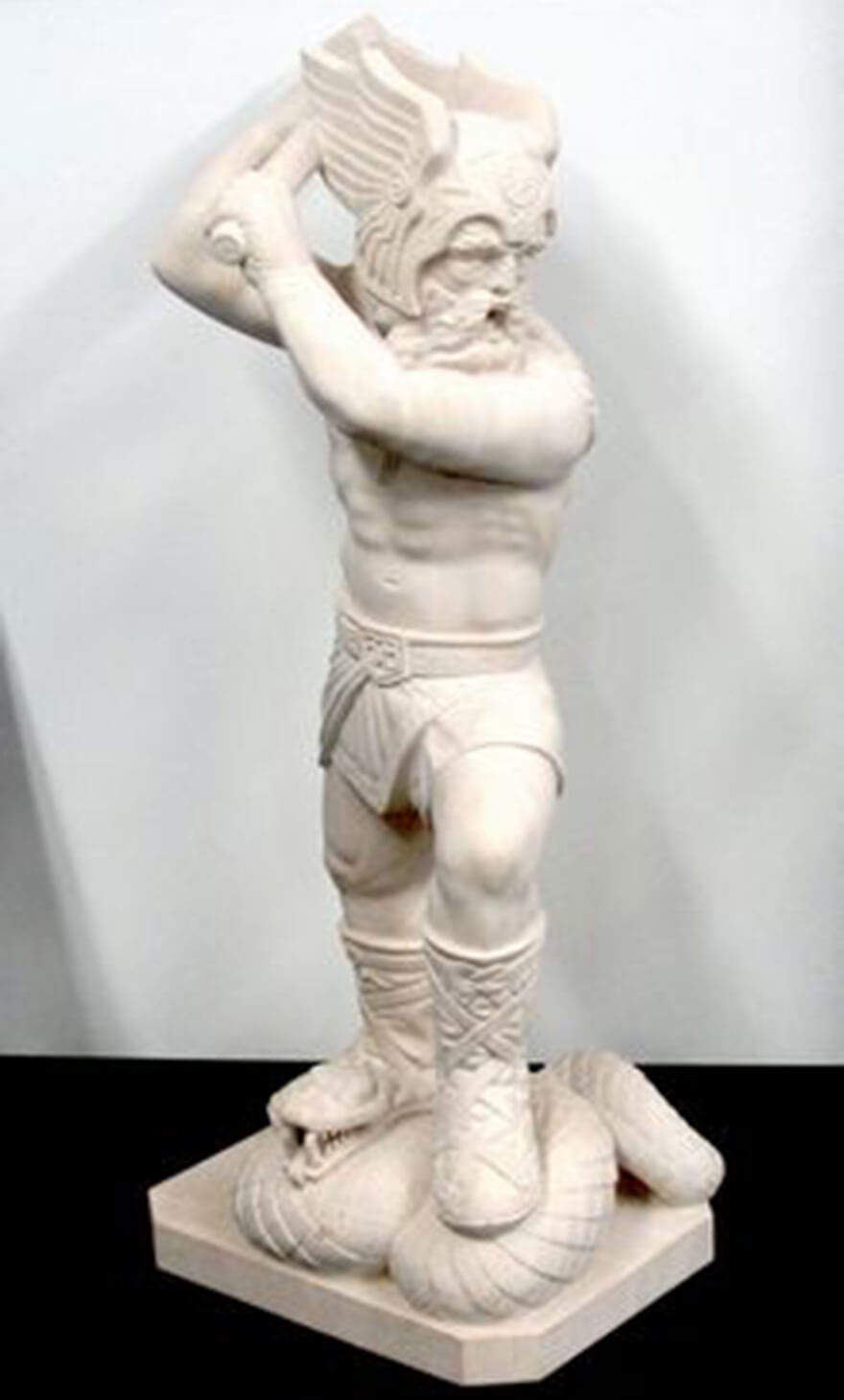
Zeus is an omnipotent being who is the main god of Greek mythology. He is also the sky god who controls the weather, especially thunder, and is the king of the gods, including the twelve Olympian gods.
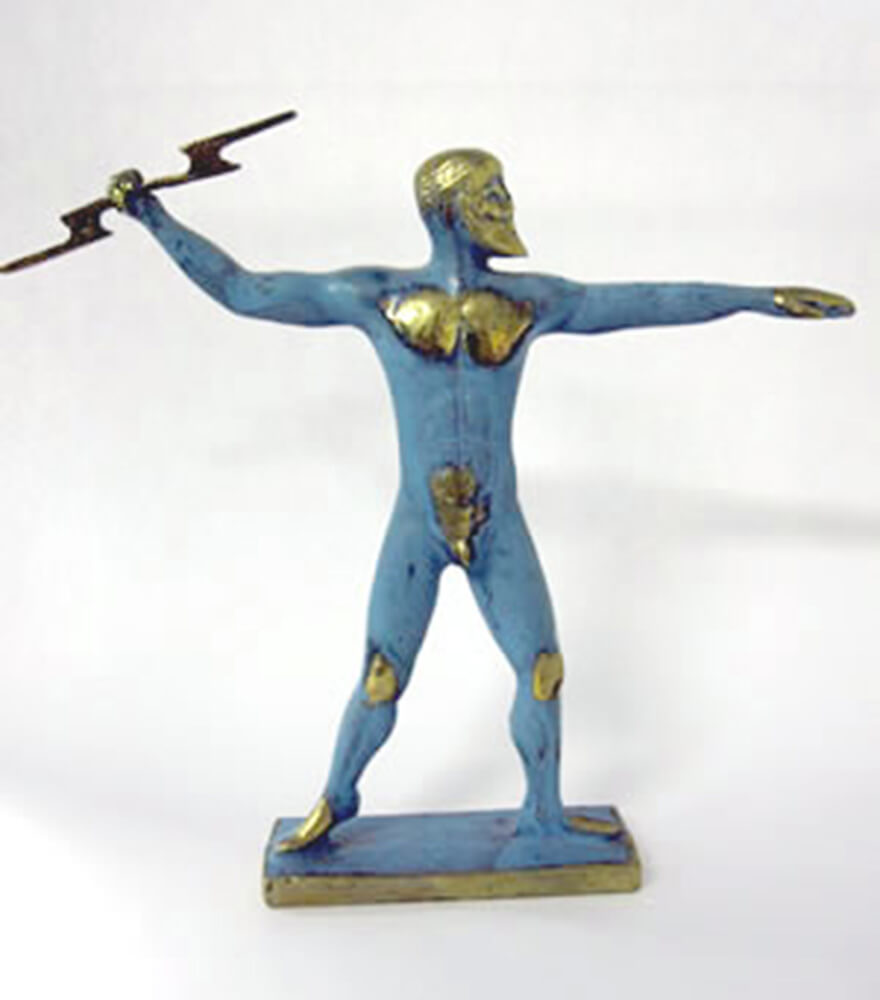
The Thunderbird is a sacred bird that is passed down among the Native American tribes that indigenously inhabit the west coast of Canada and the United States. It is said to be a large eagle, less than five meters in size. It is said to have flapped its wings to cast lightning and killed its prey with lightning.
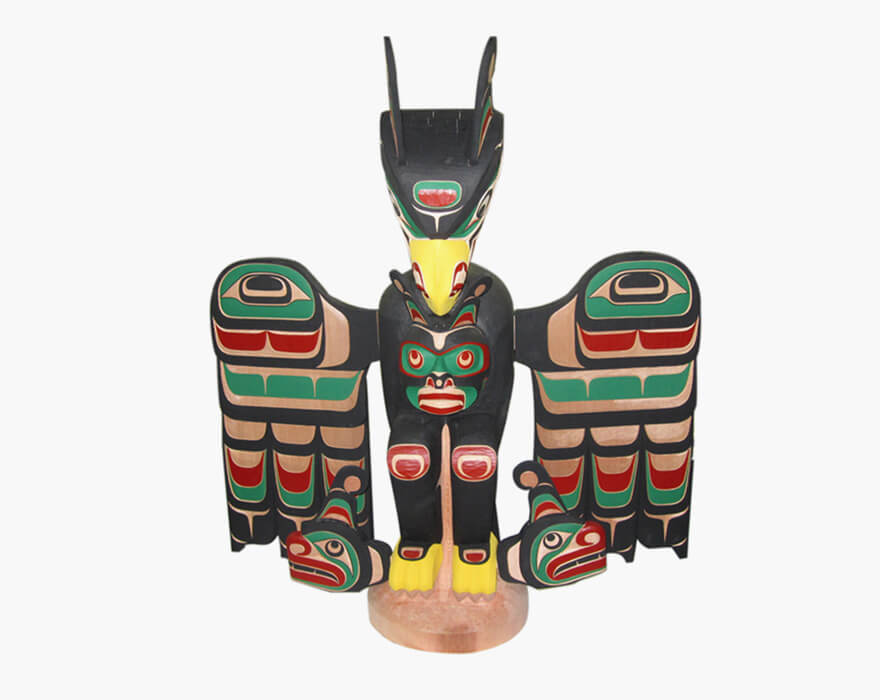
God of thunder who controls lightning at will. He is worshipped as a god of war and fertility. He is worshipped as a god of war and fertility. In India, he is known as Indra, and in Japan, he is known as Teishakuten, and has been incorporated into Buddhism. In ancient Indian mythology, he is mentioned in an article from the 14th century B.C. His roots are ancient, and he was a central figure in the polytheistic Hindu religion of that time. The mirror in his hand can emit lightning bolts.
(Teishakuten, one of the Twenty-eight Devas, by Akiyoshi Matsumoto, from the collection of Amagasaki Daigakuji Temple)
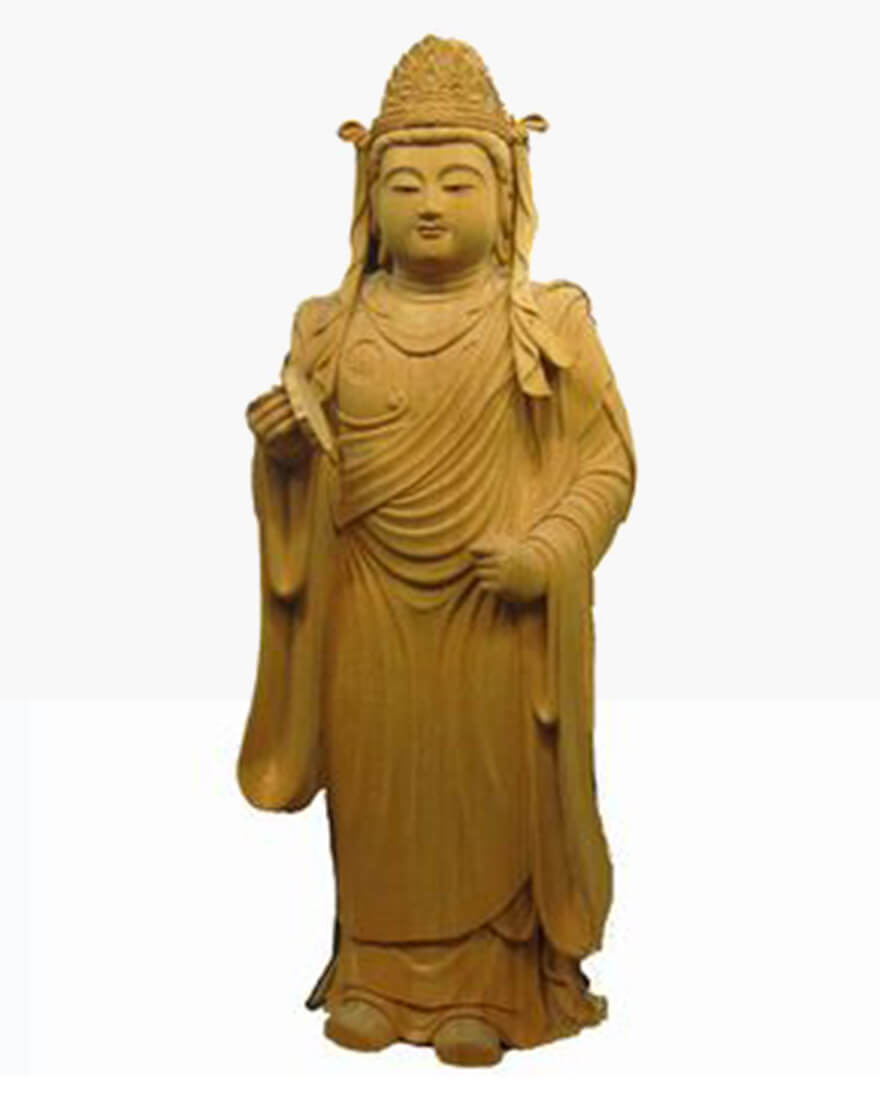
The Chinese god of thunder. He is depicted with fearsome claws and the beak and wings of a bird, and can strike down lightning at will, sometimes bringing divine punishment on those who sin.
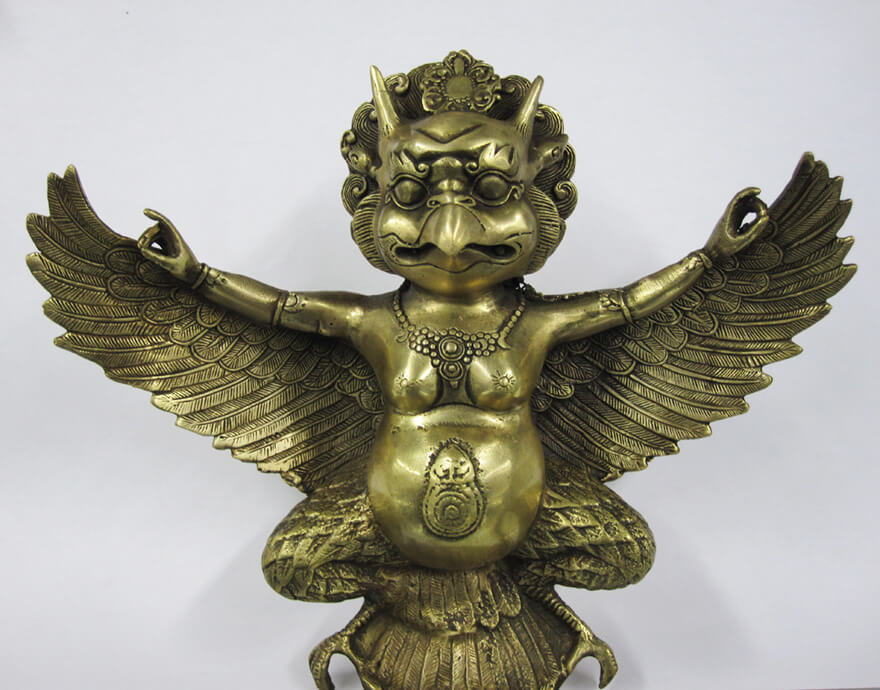
It is said that the god of thunder falls and takes people’s belly buttons. In order to escape from the thunder god, one can either escape into a mosquito net or chant “Kuwabara” (from the legend that the ghost of Sugawara no Michizane became the thunder god and caused damage to the capital, but lightning did not strike Kuwabara in Michizane’s territory).
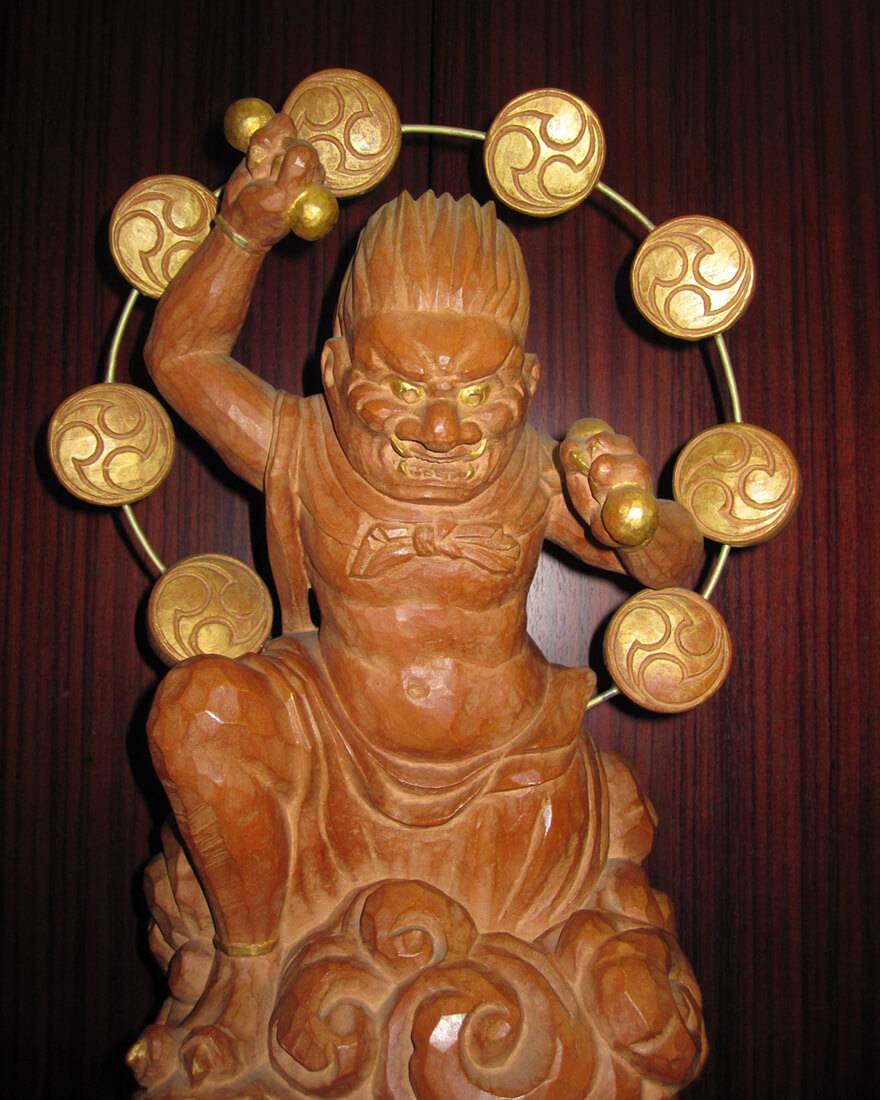
Modern thunder gods are characterized by the fact that many of them are cute mascots that make people feel more familiar with them than fear of nature.
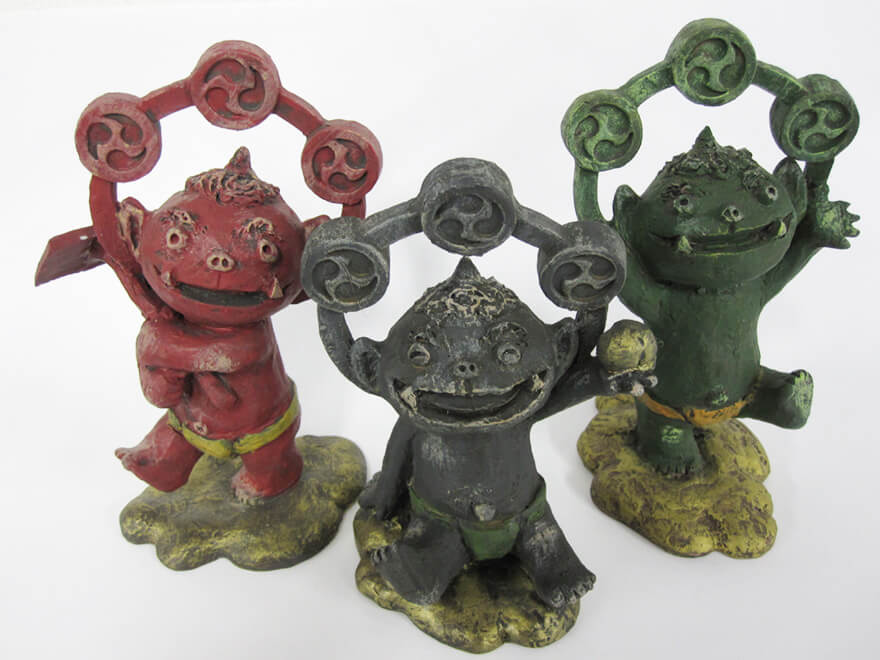
In Japan, there are many shrines dedicated to the god of thunder. It is said that there are nearly 40 shrines named “Raijinja” throughout Japan. Some of the most famous are Kamo Bessarai Shrine (Kyoto City, Kyoto Prefecture) and Joshu Itakura Raiden Shrine (Ora-gun, Gunma Prefecture).
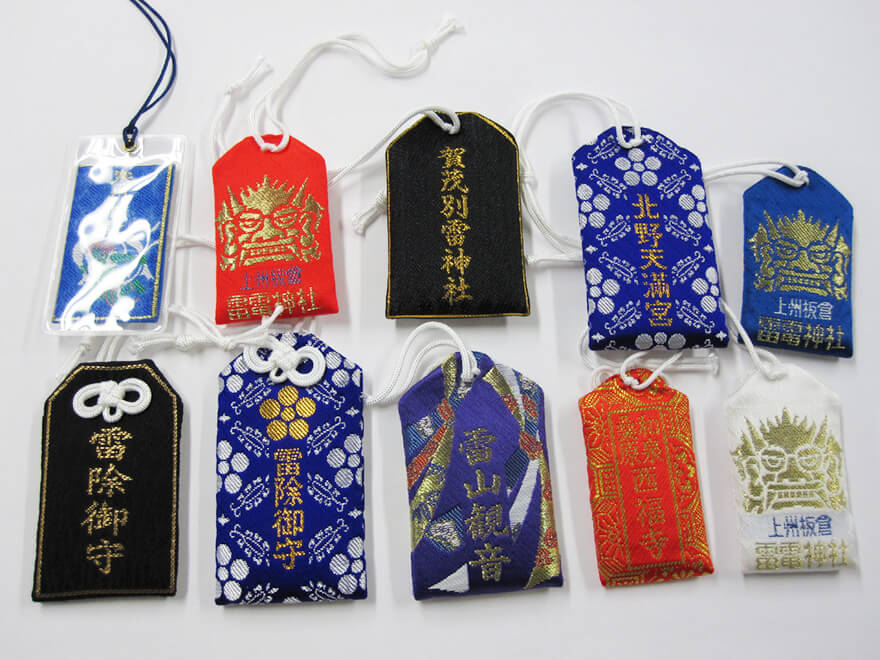
The Lightning Technology Center is the only testing center in Japan specializing in lightning testing.
The Lightning Technology Center uses the world’s largest class lightning generator to develop and test lightning protection products on a daily basis.
During the tour, visitors can actually learn about lightning protection products and the mechanism of lightning generation, and can experience the world of lightning by simulating lightning. (Tours are available upon request).
In order to prevent the spread of the new coronavirus, we had announced that we would suspend tours of the Lightning Technology Center for the time being, but since the end of the spread of the virus is still uncertain, we will continue to suspend tours and reservations for tours for the time being.
We apologize for any inconvenience this may cause, and ask for your understanding and cooperation.
